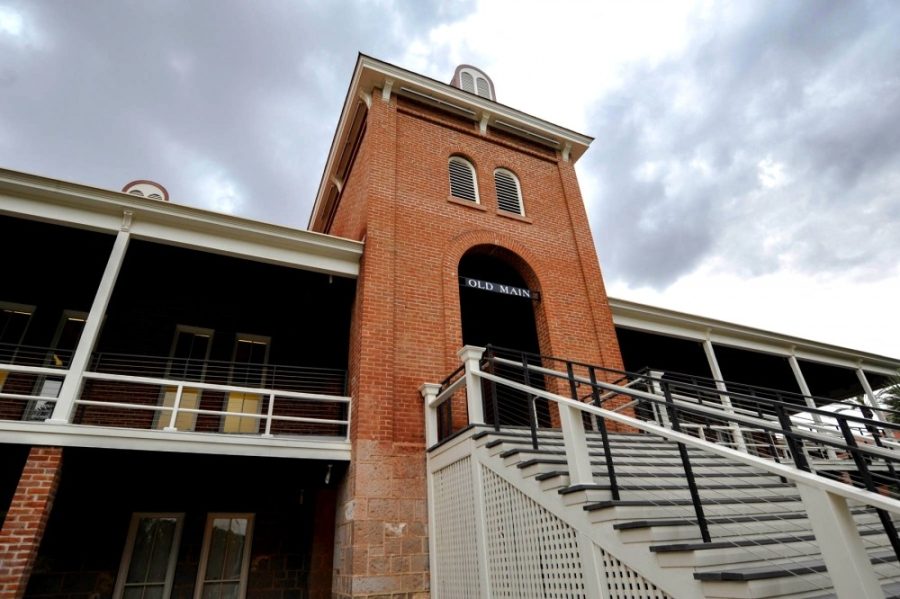With the recent conviction of former University of Arizona assistant track and field coach Craig Carter, the focus on the university’s practices pertaining to women’s safety continues to grow.
For years, since Carter was first arrested in 2015, questions have swirled regarding the culture of accountability at the UA.
These questions only grew louder during the recent scandal, and subsequent legal action, surrounding former head football coach Rich Rodriguez.
Combine that with several incidents involving UA athletes harassing or assaulting female students, and the press surrounding the way such actions are dealt with on campus has been anything but positive.
The massive amounts of negative ink and social media chatter forced the UA to review its policies, bringing in outside legal help to guide its compliance inspection.
The university has also spent millions either defending former employees in court or in buyout packages after severing employment.
And none of this will be letting up anytime soon. Carter still could possibly face two more trials (depending on if prosecutors decide to continue with other cases or are satisfied with Carter’s sentence) and multiple lawsuits against the UA or former employees are still pending.
With negative stories on the horizon for the foreseeable future, the university must redouble its efforts to make the campus an inclusive and safe learning environment for all students.
RELATED: EDITORIAL: Independent, transparent investigation needed to answer questions at UA
University officials must be transparent with the results of the internal investigations it has undertaken since Carter’s arrest. Whatever problems or mistakes that are discovered must be shared with the public in an honest and forthright manner.
Only by confronting these issues head on will the community be able to start healing. If the university chooses to hide or sugarcoat the findings, the distrust that has been festering will grow and the UA’s reputation will continue to tumble.
To prevent the downward slide from increasing, the university must hold accountable those that have contributed to the alleged negative culture within UA Athletics, and possibly throughout the administration. A strong message must be sent that harmful, destructive or violent behavior will not be accepted in any way, shape or form.
If the university wants to employ and protect these types of individuals, students of all genders, orientations, religions and ethnicities will suffer, and taxpayers will continue to foot the bill for legal representation and severance packages.
UA President Dr. Robert Robbins recently sent an email to students and employees in support of the “I Will” campaign, asking them to take a pledge against sexual violence. Robbins said the university has great future potential.
“To live up to our promise as an institution, that future must be rooted in shared respect for all members of our community and in shared commitment to the safety of all who step foot on our campus,” Robbins wrote.
This institution is at a crossroads. The two paths are clear. The university can either choose to directly confront its troubles by working with the community to make changes and address the issues, or it can allow destructive and dangerous behavior to flourish within its offices, athletic facilities and classrooms.
Expressing hope for a bright future is not enough. Strong actions will be required to make sure the future is filled with students reaching their potential, rather than suing the university for failing to protect them.
Editorials are determined by the Daily Wildcat Opinions Board and are written by its members. They are Editor-in-chief Courtney Talak, Opinions Editor Andrew Paxton, Content Editor Marissa Heffernan, Engagement Editor Saul Bookman and Arts & Life Editor Pascal Albright. Follow Daily Wildcat on Twitter.









